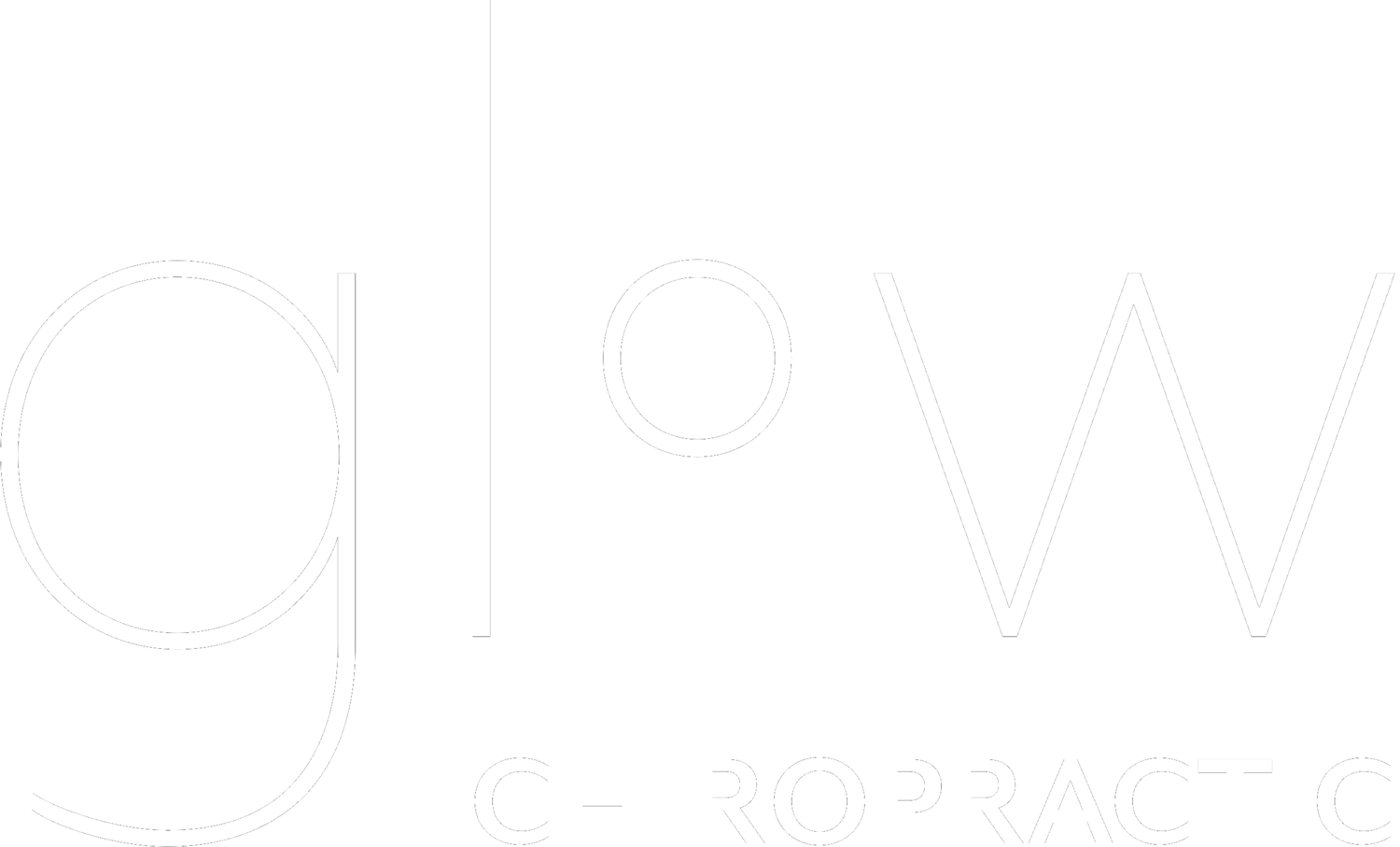During the Olympic games Usain Bolt and his Chiropractor caused a stir when he was photographed being adjusted before a big race. I guess a lot of people wondered if he was injured or suffering from back pain. What is interesting is that Usain considers chiropractic care as part of his his regular performance enhancement. He has been quoted saying that “I don’t always win gold medals, but when I do, I get adjusted first.”
It isn’t only top athletes that can benefit from the performance enhancing effect of regular chiropractic care. Having a clear and functioning nervous system can make the biggest difference to your physical performance and recent studies are bringing to light why that is so.
1. Better Recovery and Injury Prevention:
To me, this is the most obvious one. When your nervous system works as it should, it doesn’t only prevent injuries from taking place, it also places your body in the position where it can heal itself. Some of this effect is due to a reduction in inflammatory cytokines and oxidative stress, which means less swelling, redness and tissue break-down. This is vital, whether you are recovering from a hard workout or a more serious injury.
2. Faster Reaction Time:
Nervous system interference means that you will have a slightly altered perception of the world around you and thus respond in a slow or altered way. For instance, you might not know precisely where your arm or leg is and react in a clumsier way…not the best for your athletic performance.
A 2012 study showed that Chiropractic Care improves the accuracy of the internal brain map so your brain accurately knows what is going on all the time. In the end this means that the body would be able to physically react much faster than normal to environmental ques.
3. Increased Strength
Just to be clear, this is NOT an excuse to stop lifting weights; chiropractic care will make you stronger but you actually need some muscles for your nerves to fire to!
A study done on athletes in New Zealand showed and average increase of muscle contraction force by 16% which is the equivalent of 3 weeks of strength training! This is thought to be due to an increase in descending drive (messages sent from the brain). This is also shown in other studies which measured an increase in grip strength and an increase in vertical jump height in the subjects that received spinal adjustments as compared to the ones that haven’t.
Studies also show prevention of muscle fatigue to a certain extend and experts are now recommending chiropractic care as part of the treatment for people suffering from loss of muscle function.
I love reading these studies as they serve as a confirmation about the way I feel when I get adjusted or ‘my power switched on’, as I like to call it. I think that regular chiropractic care is one of the simplest ways for people to regain the trust in their bodies and start enjoying it to the best ability. As much as I enjoy adjusting people during all stages of their lives, I really love to hear that they are getting into some form of sport and the results they achieve along the way. In each of our bodies lies an amazing potential that is just waiting to be untapped…in a completely natural way, no drugs required!
Resources:
Lauro A and Mooch B (1991) “Chiropractic Effects of Athletic Ability” The journal of Chiropractic research and clinical Investigation.
Kelly DD, Murphy BA, Backhouse DP; J Manipulative Physiologic Therapeutics 2000 May 23(4) 246-51
Wontae Gong, PhD; The Influence of Pelvic Adjustment on vertical jump height in female University Students with functional leg length inequality. J Phys Ther Sci 2015 Jan
Niazi IK, Türker KS, Flavel S, Kinget M, Duehr J, Haavik H. Changes in H-reflex and V-waves following spinal manipulation. Exp Brain Res. 2015 Apr;233(4):1165-73. doi: 10.1007/s00221-014-4193-5. Epub 2015 Jan 13. PubMed
Haavik H1, Murphy B. Subclinical neck pain and the effects of cervical manipulation on elbow joint position sense. J Manipulative Physiol Ther. 2011 Feb;34(2):88-97. doi: 10.1016/j.jmpt.2010.12.009.

